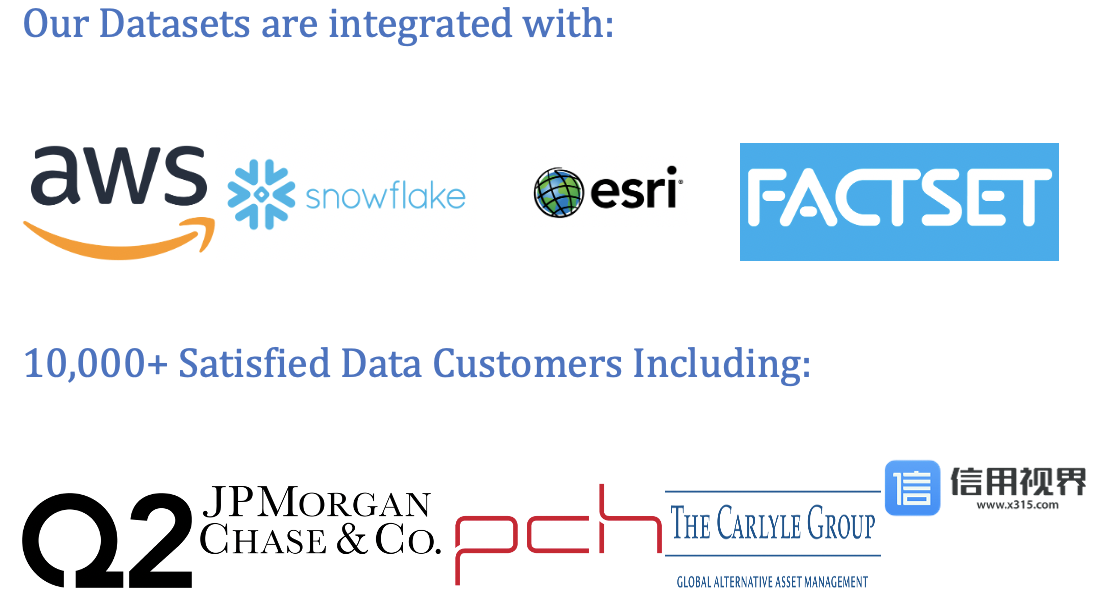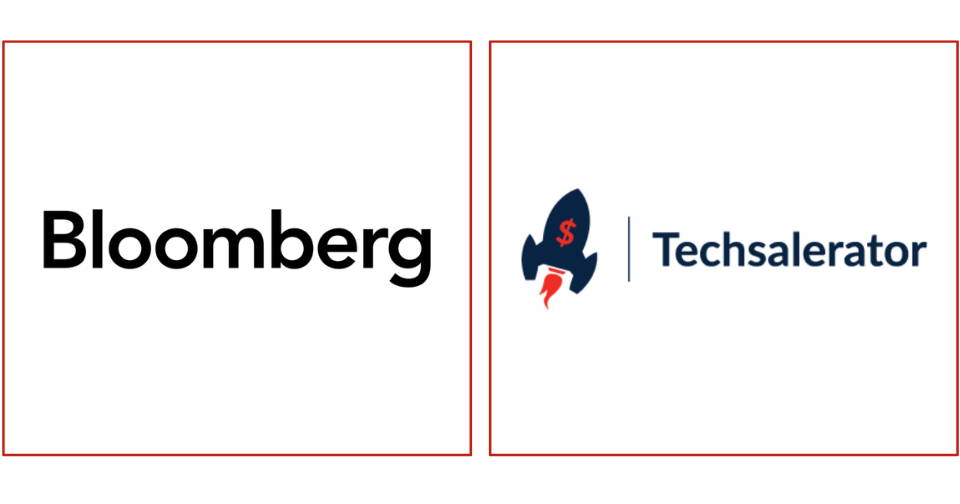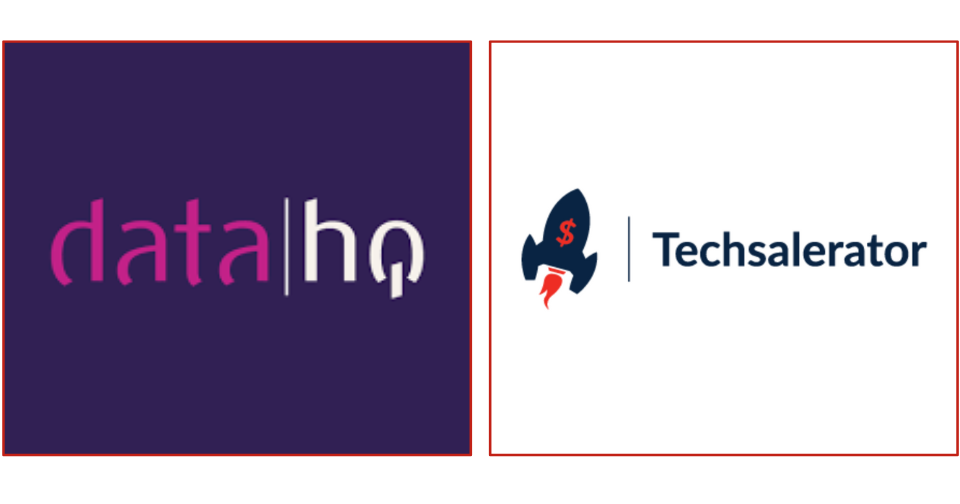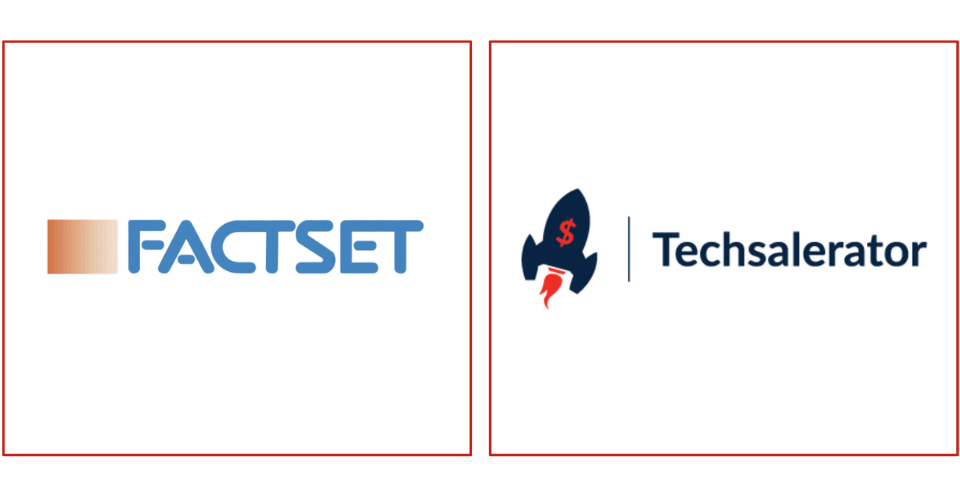
Top Wine Tasting Ratings Data Providers
Understanding Wine Tasting Ratings Data
Wine tasting ratings data is generated through organized tastings, competitions, reviews, and consumer feedback, where wines are evaluated according to established criteria and assigned numerical scores, descriptive tasting notes, or qualitative assessments. This data can be sourced from various platforms including wine publications, websites, apps, and databases dedicated to wine reviews and ratings. Analyzing wine tasting ratings data allows enthusiasts, collectors, retailers, and producers to understand market trends, identify standout wines, and assess the overall quality and reputation of different wine brands and vintages.
Components of Wine Tasting Ratings Data
Key components of wine tasting ratings data include:
- Wine Information: Details about the wine being evaluated, including its name, varietal, vintage, region of origin, producer, and price point.
- Tasting Scores: Numeric ratings or scores assigned to wines based on their quality, typically on a scale ranging from 80 to 100 points, with higher scores indicating superior quality and potential for enjoyment.
- Tasting Notes: Descriptive comments and observations about the wine's appearance, aroma, flavor profile, structure, and overall characteristics, providing context and insights into the tasting experience.
- Expert Reviews: Evaluations and critiques of wines by professional critics, sommeliers, or wine educators, offering expert opinions and recommendations on wine quality, aging potential, and food pairings.
- Consumer Reviews: Feedback and ratings provided by consumers, enthusiasts, or community members who have tasted the wine, sharing their personal impressions, preferences, and recommendations.
Top Wine Tasting Ratings Data Providers
- Leadniaga : Leadniaga offers a comprehensive platform for accessing and analyzing wine tasting ratings data from a wide range of sources, providing users with real-time updates, customizable search filters, and advanced analytics tools to discover top-rated wines and track market trends.
- Wine Spectator: Wine Spectator is a leading wine publication and website that provides ratings, reviews, and tasting notes for thousands of wines each year, curated by a team of experienced editors and tasters, offering insights into wine quality, value, and aging potential.
- Wine Enthusiast: Wine Enthusiast is a popular wine magazine and online platform that offers wine ratings, reviews, and buying guides, featuring contributions from expert reviewers and enthusiasts, helping consumers make informed purchasing decisions and discover new wines.
- CellarTracker: CellarTracker is an online database and community platform where wine enthusiasts can track their wine collections, share tasting notes, and access user-generated ratings and reviews for a vast selection of wines, providing crowdsourced insights and recommendations.
- Vivino: Vivino is a mobile app and online platform that allows users to scan wine labels, access ratings and reviews, and track their wine preferences and purchases, leveraging user-generated data to provide personalized recommendations and insights.
Importance of Wine Tasting Ratings Data
Wine tasting ratings data serves various stakeholders in the following ways:
- Consumer Guidance: Wine tasting ratings data helps consumers make informed purchasing decisions by providing guidance on wine quality, value, and style preferences, allowing them to discover new wines and enjoy satisfying tasting experiences.
- Producer Insights: Wine producers use tasting ratings data to assess the reception of their wines in the market, identify areas for improvement, and refine their winemaking techniques to meet consumer preferences and market demands.
- Retailer Selection: Wine retailers and distributors rely on tasting ratings data to curate their product selections, stock popular and highly-rated wines, and differentiate their offerings to attract customers and drive sales.
- Market Trends: Wine tasting ratings data provides insights into market trends, emerging wine regions, popular grape varieties, and consumer preferences, helping industry professionals anticipate demand and adjust their marketing strategies and product portfolios accordingly.
Applications of Wine Tasting Ratings Data
Wine tasting ratings data is utilized in various applications and use cases, including:
- Wine Selection: Consumers use wine tasting ratings data to select wines for purchase, special occasions, or gift-giving, relying on expert reviews and peer recommendations to guide their choices and explore new flavors and styles.
- Cellar Management: Wine enthusiasts use tasting ratings data to organize and manage their wine collections, track inventory, and make informed decisions about when to drink, share, or cellar their wines based on aging potential and tasting notes.
- Restaurant Menus: Restaurants and wine bars use tasting ratings data to curate their wine lists, highlight top-rated wines, and offer wine pairings that complement their cuisine, enhancing the dining experience for patrons and showcasing their wine expertise.
- Wine Education: Wine educators and enthusiasts use tasting ratings data as educational resources to learn about different wine regions, grape varieties, winemaking techniques, and tasting terminology, deepening their appreciation and understanding of the world of wine.
Conclusion
In conclusion, wine tasting ratings data is a valuable resource for wine enthusiasts, consumers, producers, retailers, and industry professionals seeking to navigate the complex and diverse world of wine. With Leadniaga and other leading providers offering access to comprehensive wine tasting ratings data and analytics solutions, stakeholders can leverage data-driven insights to discover top-rated wines, track market trends, and make informed decisions that enhance their tasting experiences and drive business success. By harnessing the power of wine tasting ratings data effectively, wine lovers and professionals alike can explore, appreciate, and enjoy the rich and vibrant tapestry of wines available around the world.
Our Datasets are integrated with :



10,000+ Satisfied Data Customers including :








